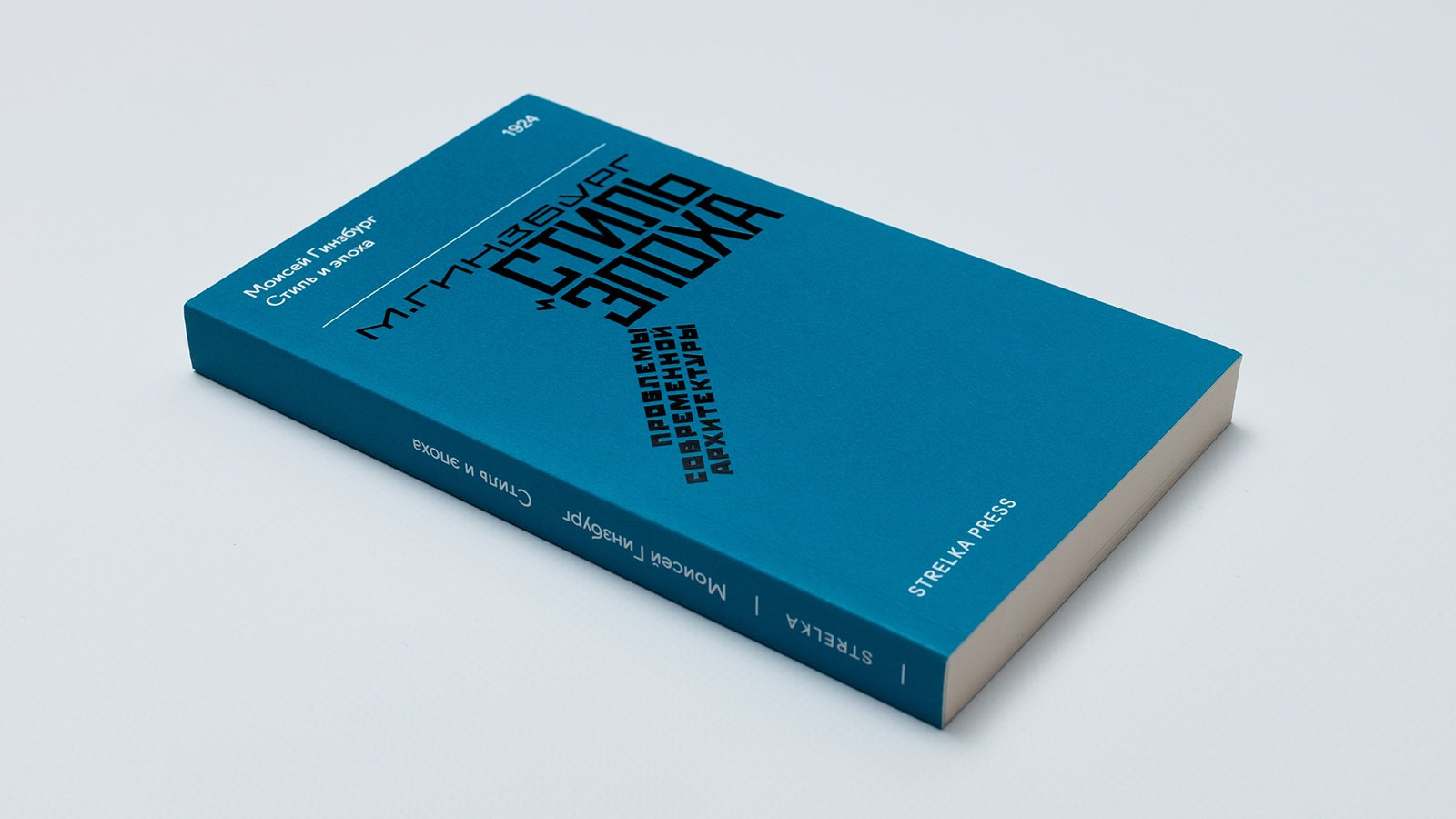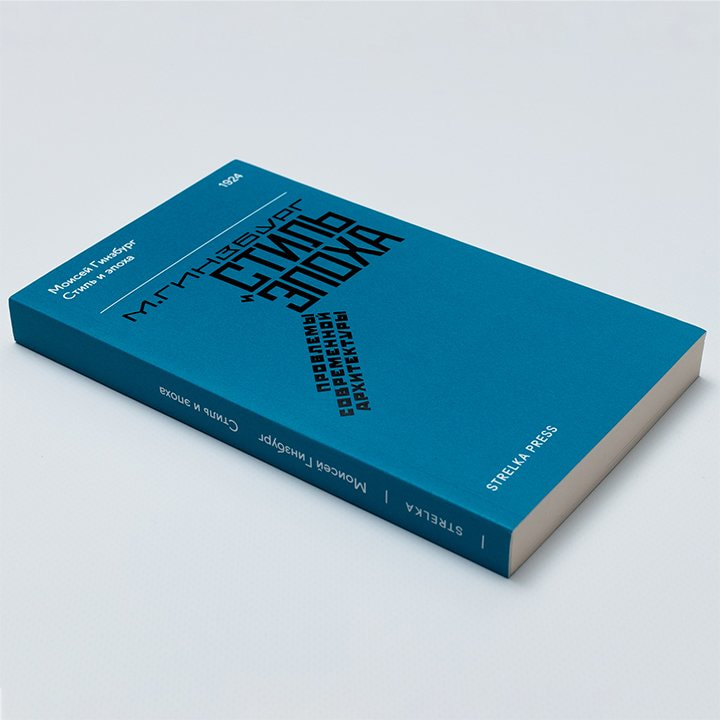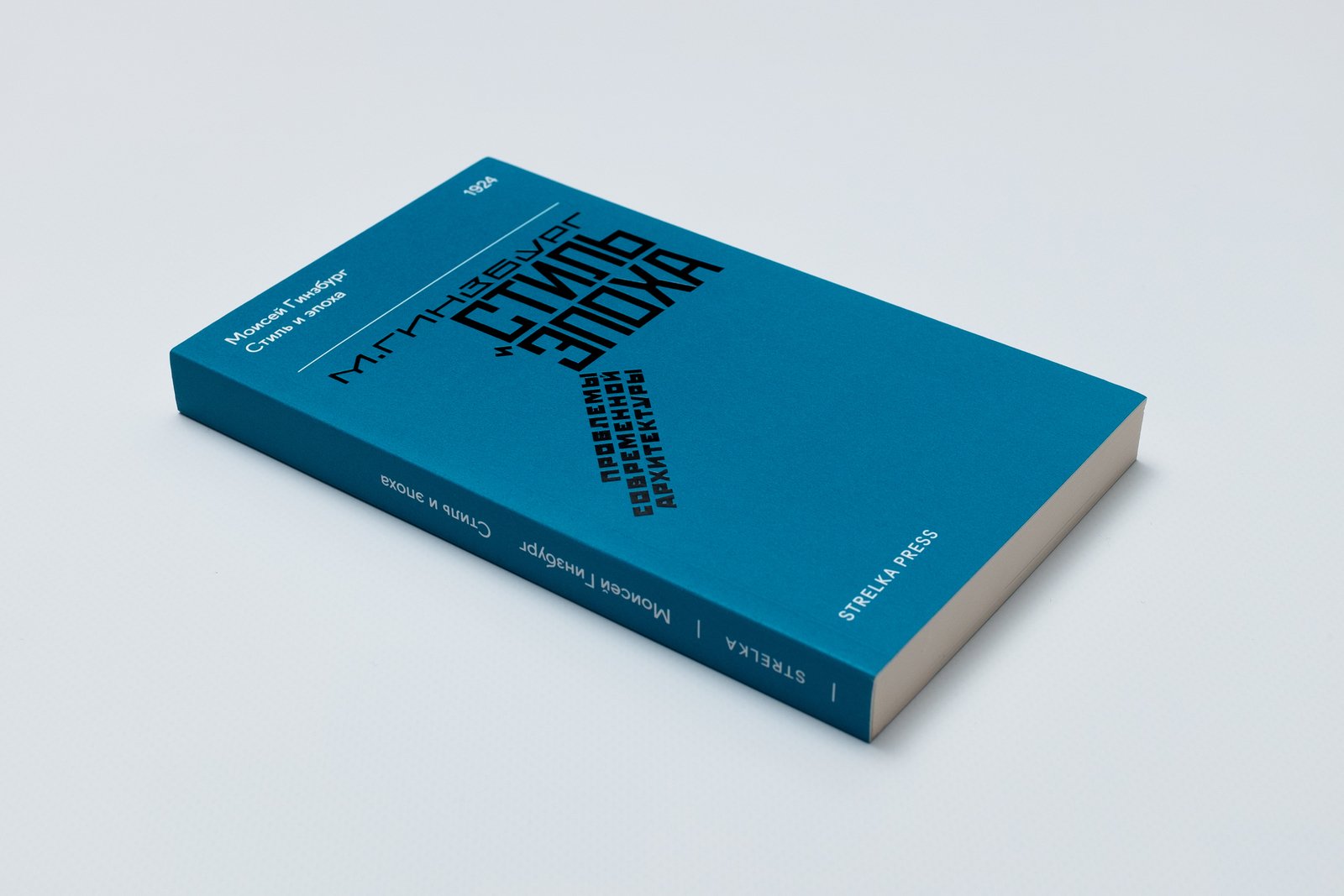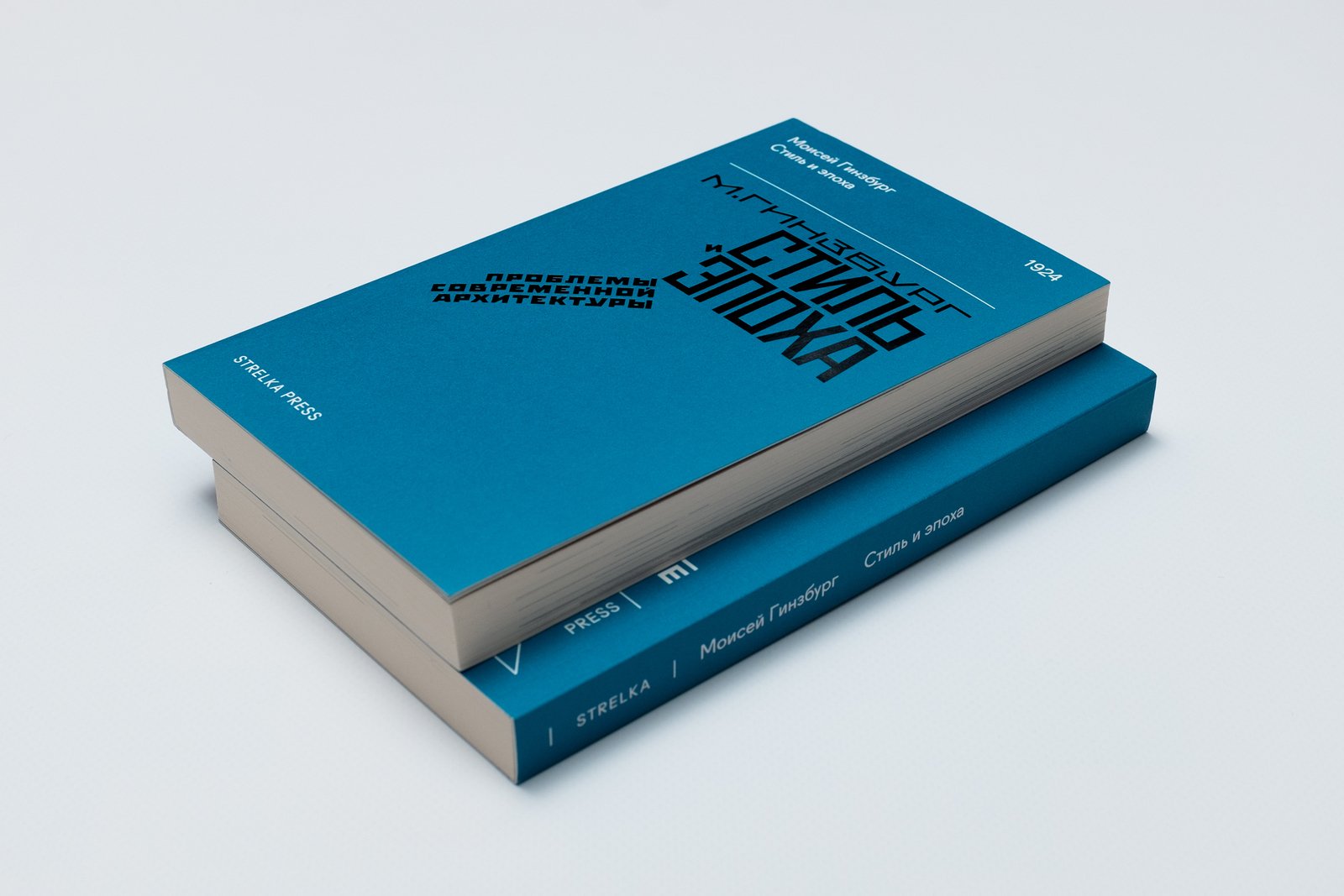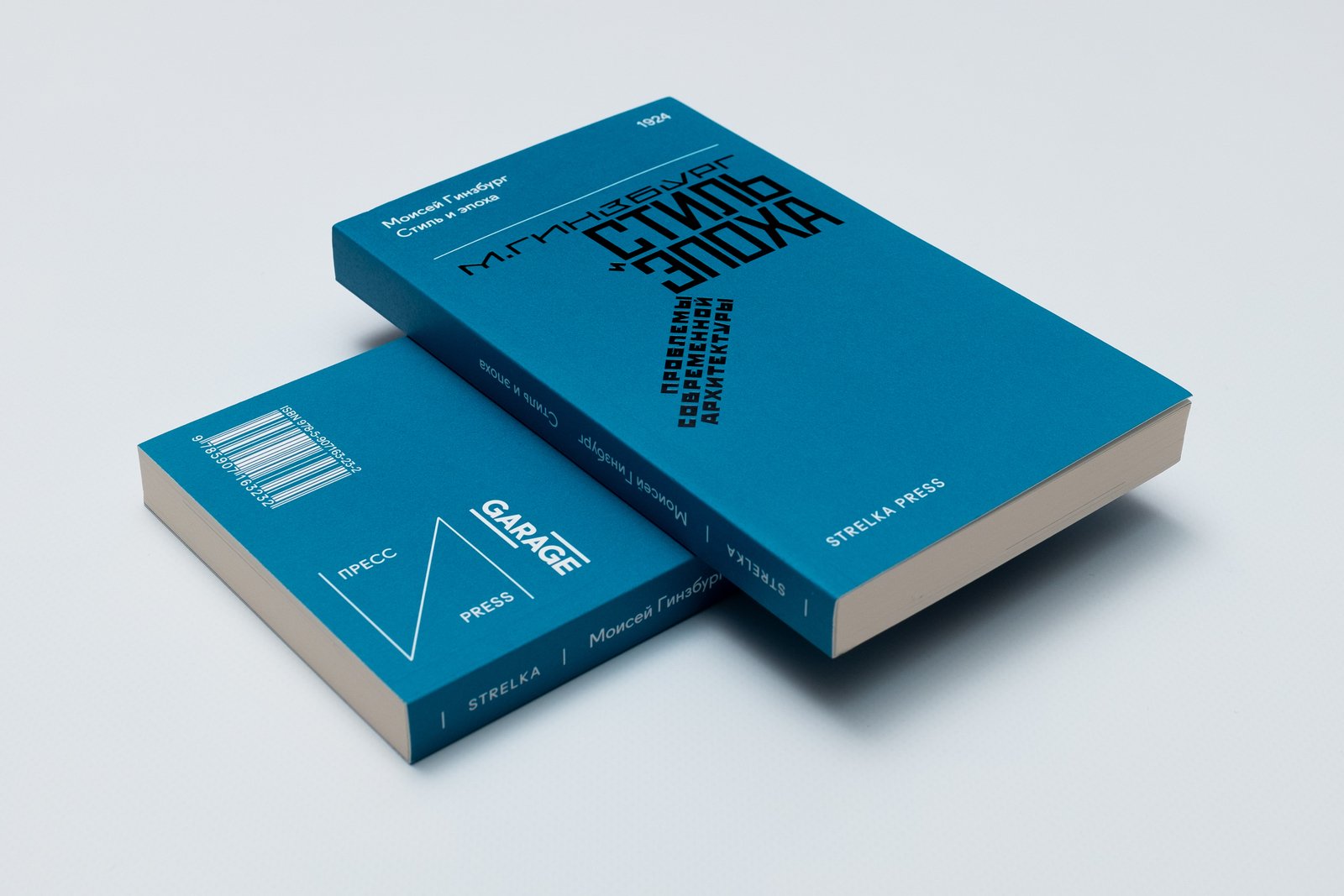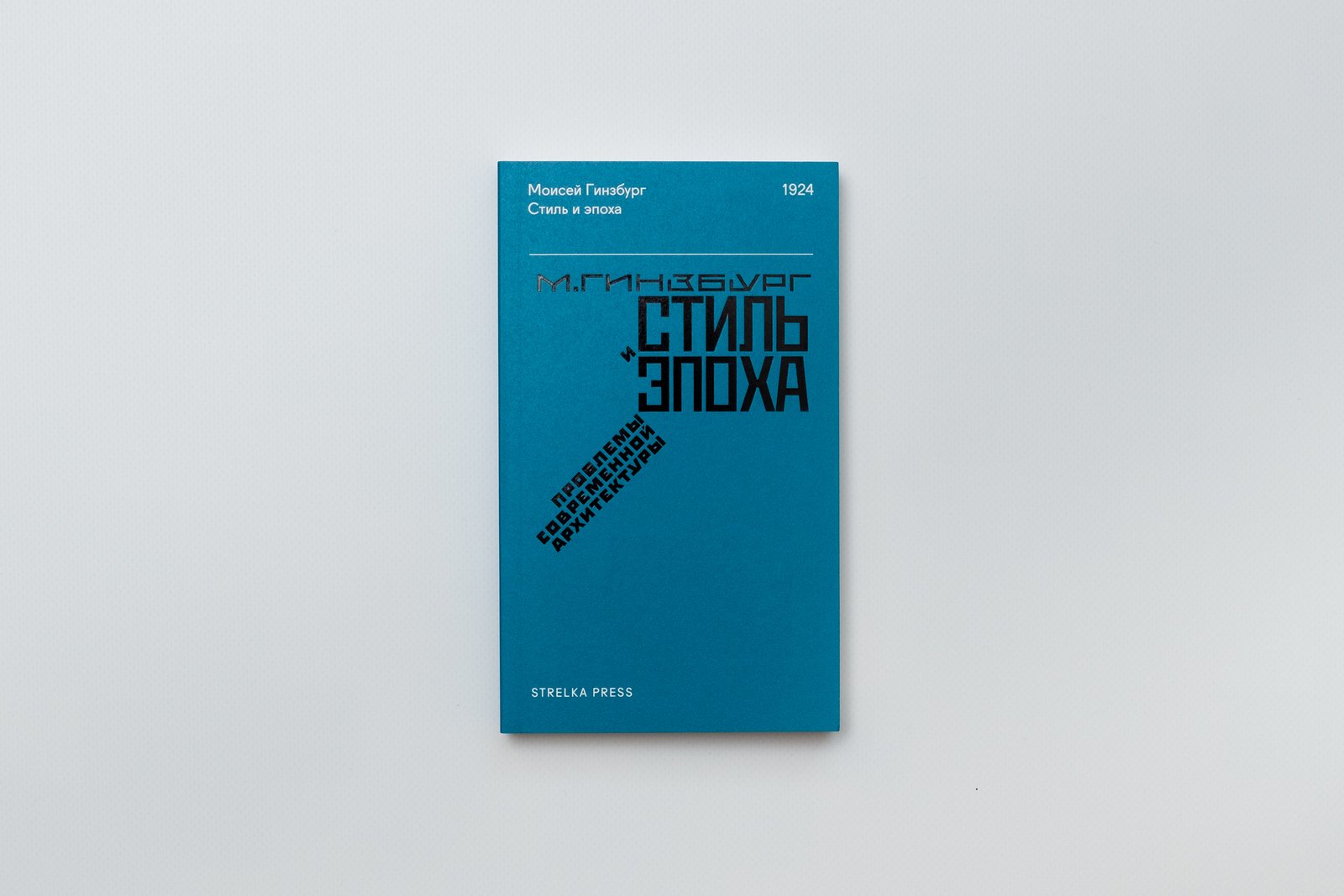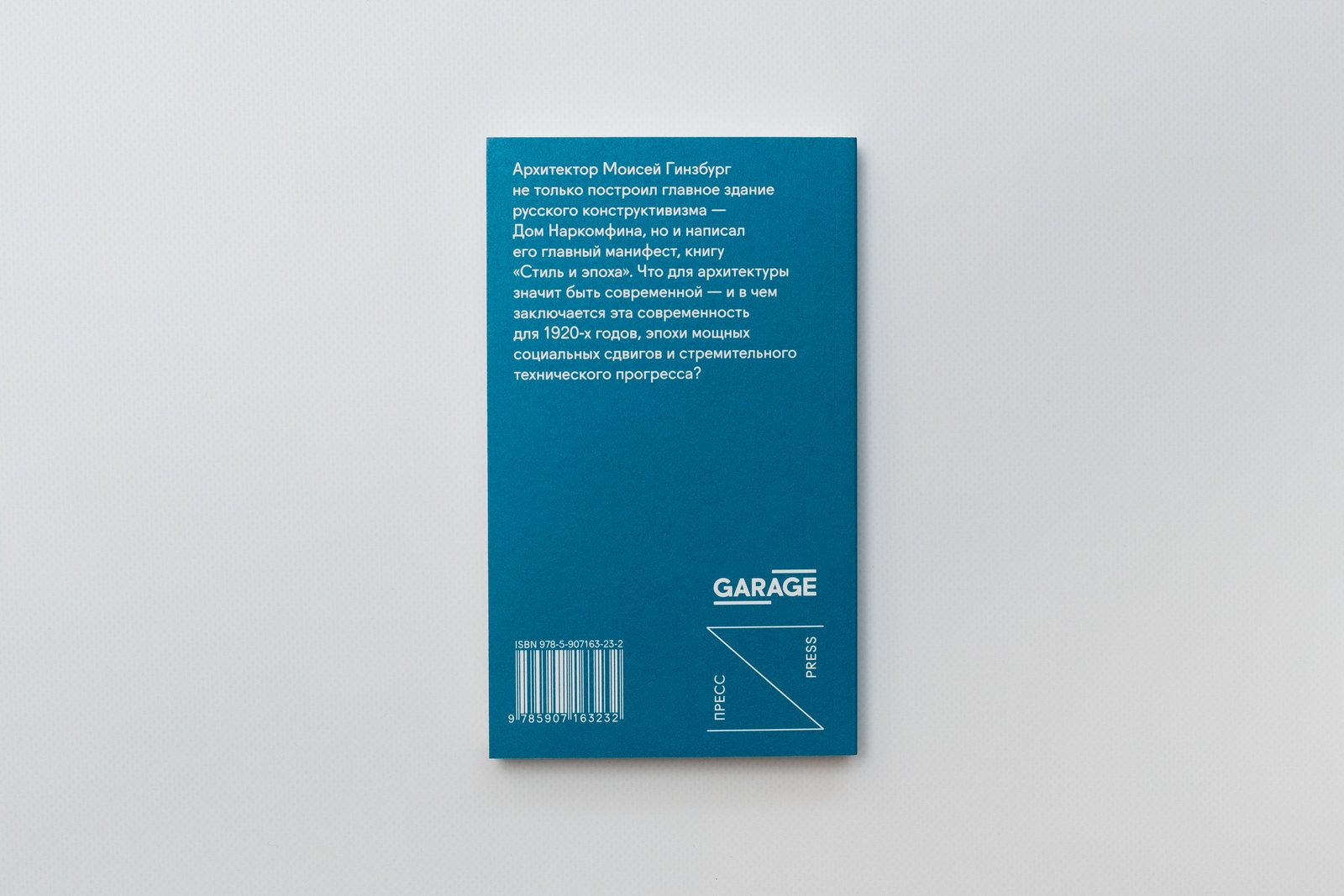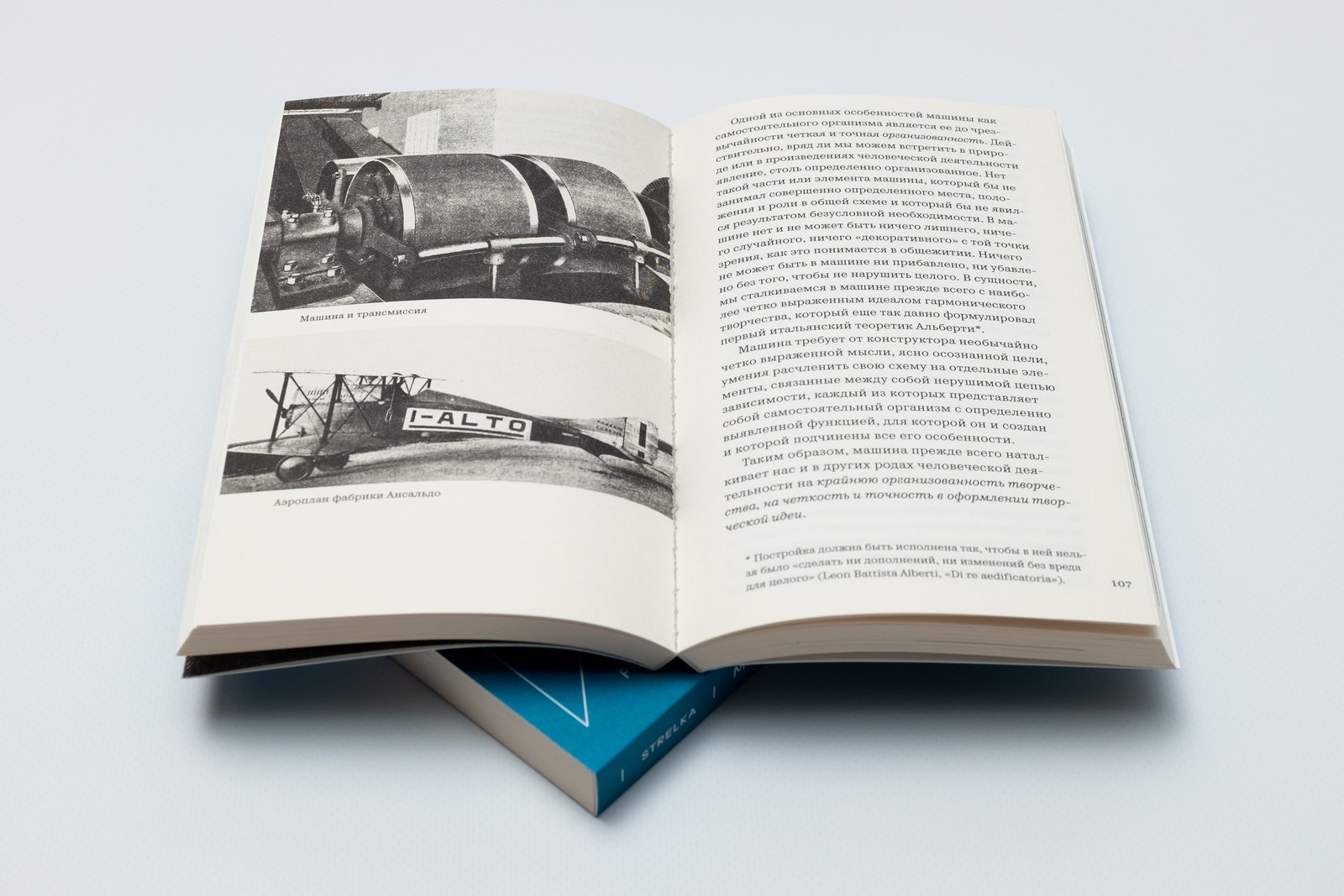Garage Museum of Contemporary Art and Strelka Press present the writings of key constructivist architect Moisei Ginzburg.
The architect of the main icon of Russian constructivism, the Narkomfin Building, Moisei Ginzburg also wrote the manifesto of the movement—Style and Epoch. What is modern in architecture? And what was believed to be modern in the 1920s—the era of social perturbations and fast-developing technology?
